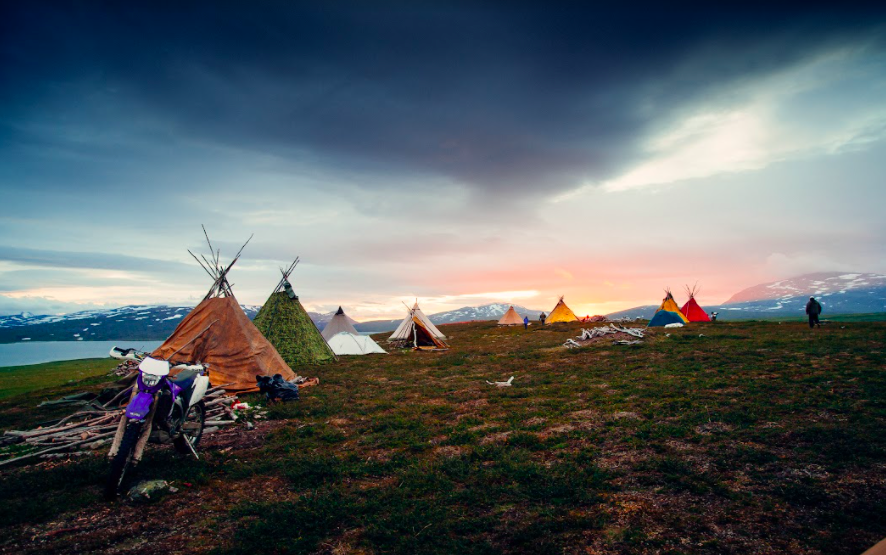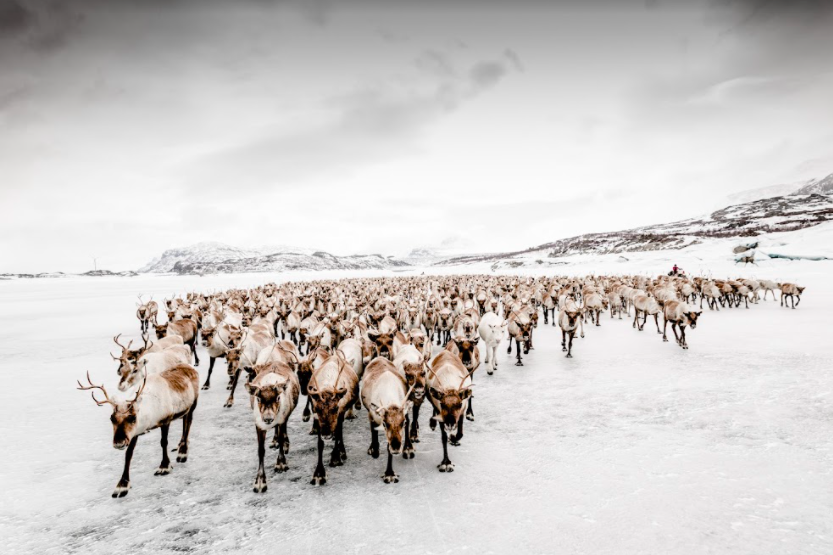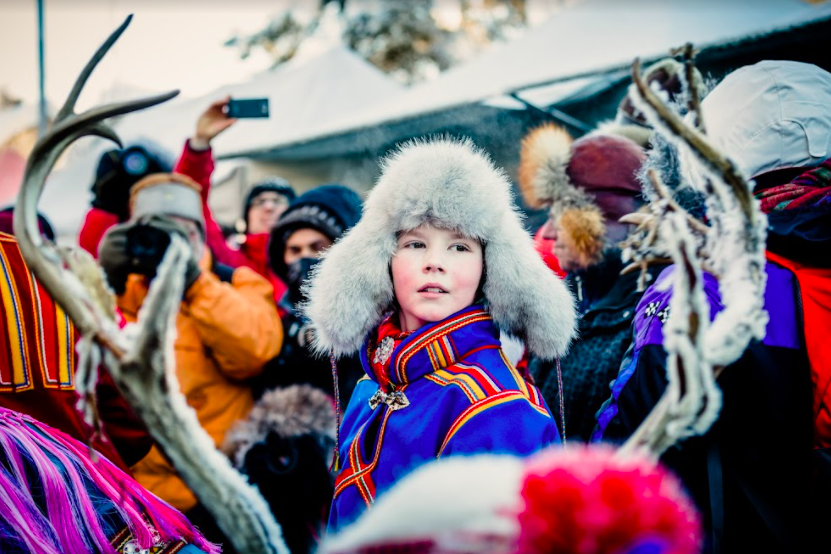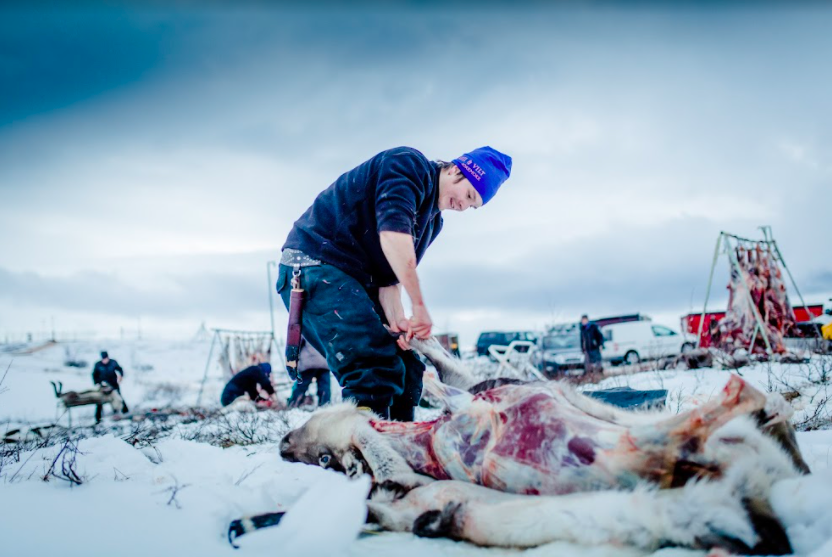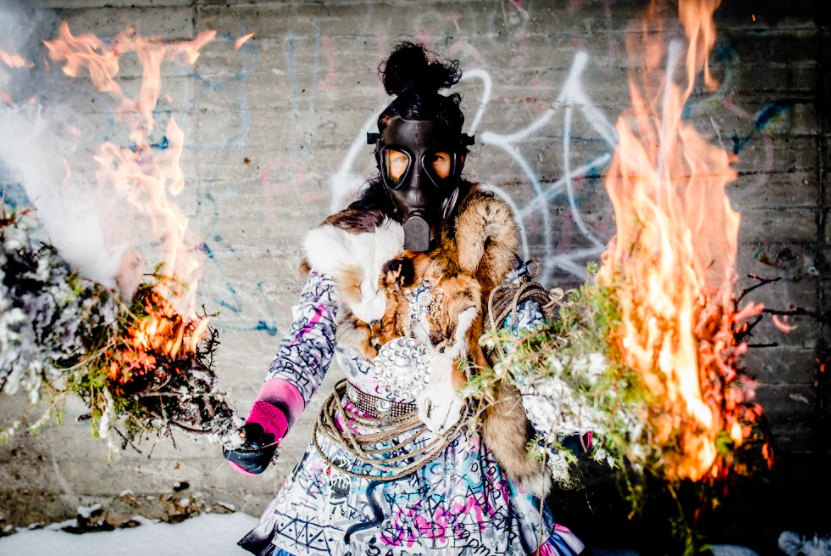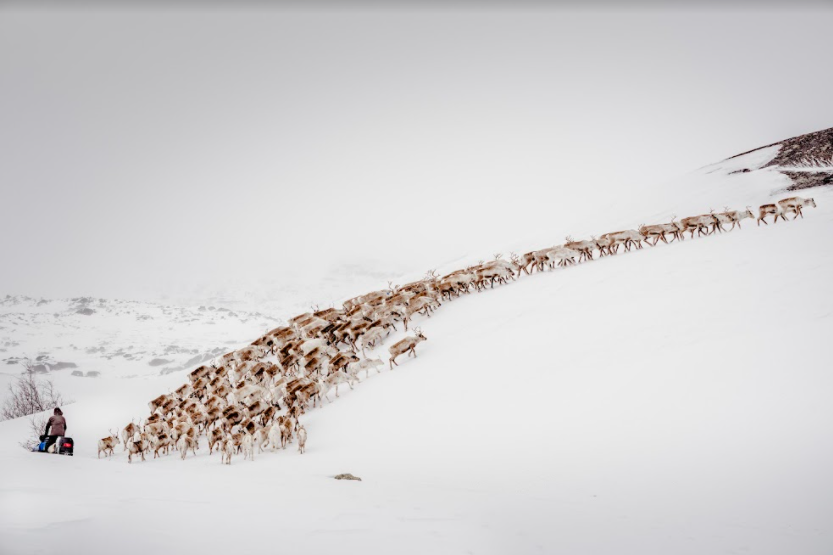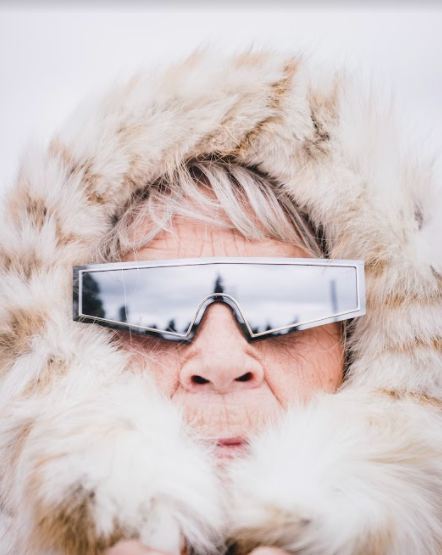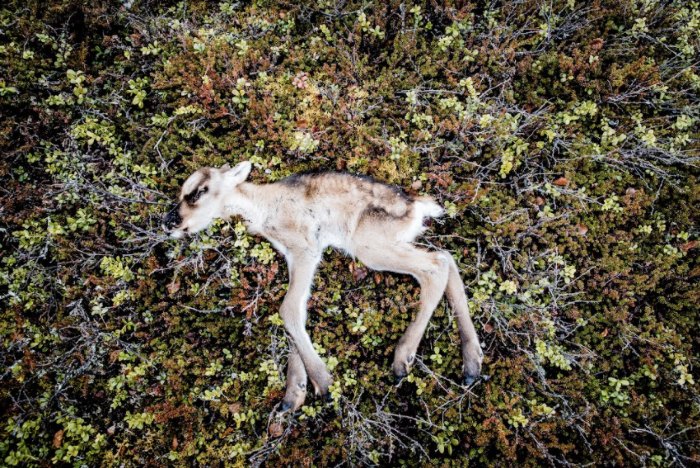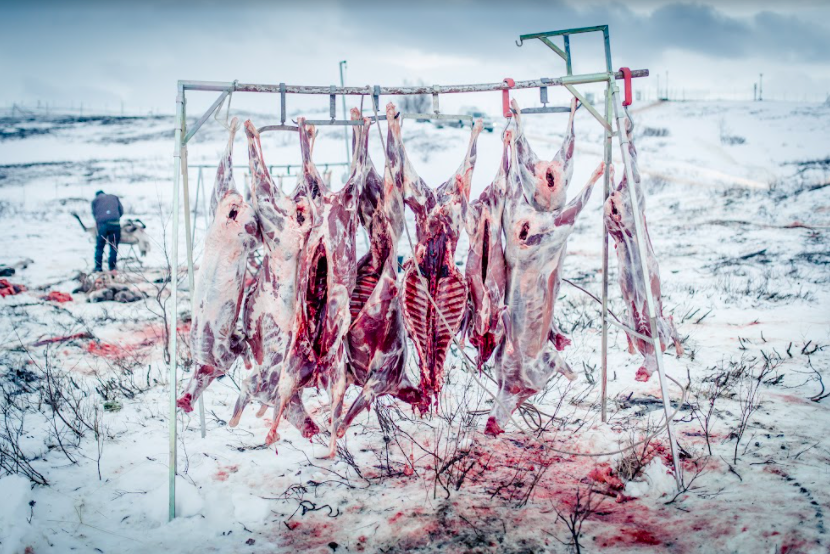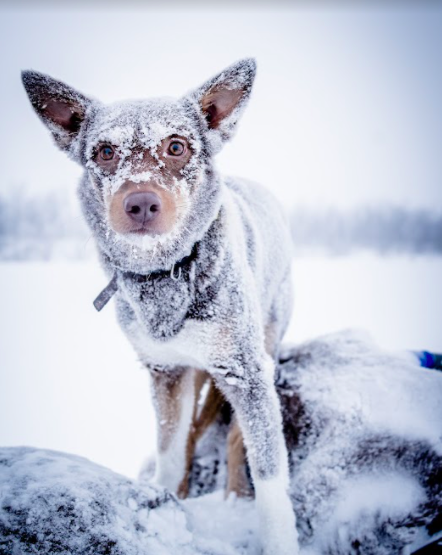His photos chronicle a seemingly romantic existence in the frozen north: reindeer silhouetted by a winter sunset; herds disappearing into a pinescape; Saami herdsmen, their scarves tightened against the cold. It’s a world that Carl-Johan Utsi knows intimately. Not only is he a photographer, documenting the lives of Saami herdsmen, but he also works as a reindeer herder himself in the Sirges Saami Reindeer herding community—and his family has done the same for generations. The Saami are the European Union’s only indigenous people. They inhabit parts of Finland, Sweden, Norway and Russia’s Kola Peninsula and speak nine languages. With a few exceptions, the Saami people are responsible for most of the reindeer herding that takes place in modern-day Scandinavia, but their ancient right to migrate across borders has been the subject of various conventions and legal action over the years. Utsi says it’s a tough way of life, with an even tougher future. He says reindeer herding is not that lucrative. He took up photography to earn extra money and has documented Saami reindeer herders for more than a decade. Today, the Saami mostly use trucks and snowmobiles to herd their animals, and climate change is taking its toll. It’s becoming increasingly difficult for reindeer to dig underneath thick snow and ice for lichen, their main food source, and there is a fear among the Saami that this may be the last generation practicing traditional reindeer herding.
Contributor
Carl-Johan Utsi is an award-winning photographer in Jokkmokk, Sweden. An ethnic Saami, he also works as a reindeer herder in the Sirges Saami reindeer herding community.
